Wastewater is then separated from human waste by putting it into large settlement tanks where solids sink to the bottom.
Without suitable treatment, the wastewater we produce every day would damage the water environment and create public health problems. Water treatment is far from a simple process but it is a very clever one.
Step-by-Step Process of Wastewater Treatment
There are a few steps involved to ensure wastewater is properly treated:
- Screening
- Primary treatment tanks
- Secondary treatment tanks
- Final settlement tanks
- Sludge is treated and recycled
- Water is returned to rivers
1. Wastewater is Screened
Our TerraTank liquid storage solutions form part of an important process of screening the wastewater, during necessary maintenance works. First, large objects that may cause a blockage are removed – this includes things that really shouldn’t have been put down the drain, such as nappies, wet wipes, and even sometimes things like bricks, bottles and rags! Special equipment is then used to filter out grit, which often washes into the sewer with wastewater.
Did you know?
Every year, 65,000 blockages are caused by people putting the wrong things down the drain… Oops!
2. Wastewater Goes to Primary Treatment Tanks
Wastewater is then separated from human waste by putting it into large settlement tanks where solids sink to the bottom. This is called ‘sludge’. This sludge is separated and pumped away for further treatment. The clean water is then ready for the next stage of the process.
Did you know?
Waste sludge is used to generate renewable energy, which powers Sewage Treatment Processing sites? In 2019, Thames Water alone self-generated over 23% of their electricity needs, the equivalent of £37 million in electricity.
3. Wasterwater Goes to Secondary Treatment Tanks (Aeration lanes)
Once the larger, visible bits of sludge are removed, it’s then important to remove the smaller and sometimes invisible organisms as well. Air is pumped into the water into rectangular tanks called ‘aeration lanes’. This is a process that allows the good bacteria to break down and eat the harmful bacteria. The good bacteria continues to eat the nasty bacteria until the nasty bugs have gone.
Did you know?
Every day in the UK about 347,000 kilometers of sewers collect over 11 billion litres of wastewater. This water is treated at about 9,000 sewage treatment works before the cleaned, treated effluent is discharged to inland waters, estuaries, and the sea.
4. Wastewater Goes to Final Settlement Tanks
The treated water then passes through a final settlement tank. This is where the good bacteria sink to the bottom to form more sludge. This sludge is recycled into secondary treatment tanks. The clean water is once more filtered slowly through a bed of sand, catching any remaining particles.
5. Sludge is Treated & Recycled
The collected sludge is treated and put to good use. It is recycled for farmers’ agricultural fertiliser and used to generate energy.
Anaerobic digestion is a process that heats up the sludge to high temperatures, which allows the bacteria to break down the waste. This creates biogas, creating heat which can be turned into electricity. Thermal destruction is the process of drying the sludge into blocks called ‘cake’, again being heated and turned into electricity.
Did you know?
Sewage Treatment Works have been generating electricity from waste for over 50 years.
6. Water is Returned to Rivers
Once the wastewater is clean, it can be safely returned to local rivers and streams. This process is strictly regulated by The Environment Agency to make sure it meets their high-quality standards. The ‘sludge cake’ remaining after energy production is also used as fertiliser for farmers.
To find out more about dealing with and disposing of liquid waste, see our guide to trade effluent.
For further information on how to reduce liquid storage tank footprint, liquid storage tanks for screening or environmental storage tanks, please call the TerraTank team on 01264 243 116. Or, to find out more, see our FAQs.
DOWNLOAD OUR 2025 BROCHURE
Download our latest catalogue of Tanks, Pumps and Accessories.


Speak to an expert
We have the solution you need available for hire.

